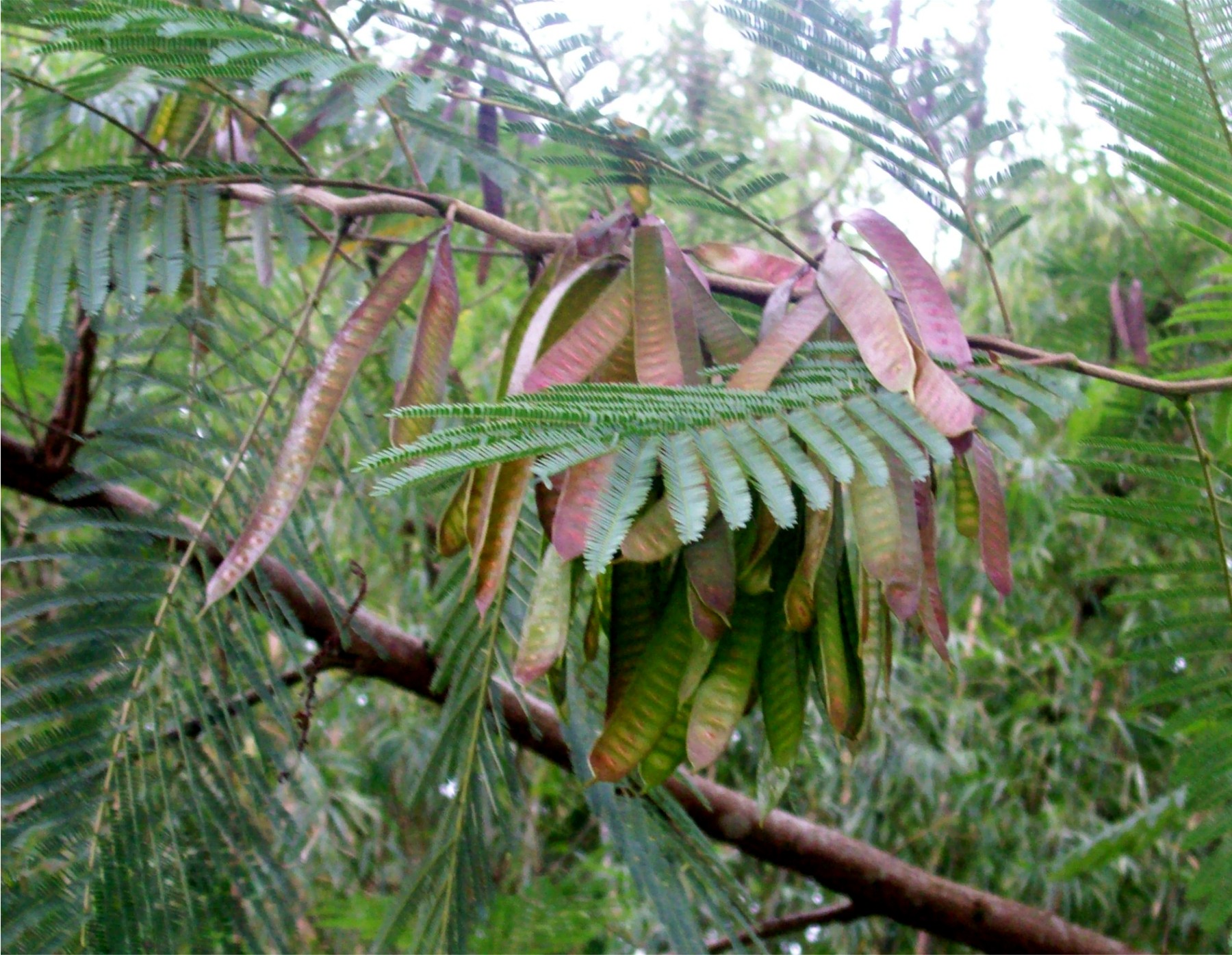The ipil-ipil tree, also known as Leucaena leucocephala, or agho in Hiligaynon, is a versatile and fast-growing tree that has captured the attention of many. With its elegant white flowers and delicate foliage, it’s hard not to be enchanted by this tree. But did you know that the ipil-ipil tree has so much more to offer than its beauty? It’s considered one of the most valuable trees in tropical countries because of its various applications in agriculture, forestry, and medicine. If you want to learn all about this fantastic plant, keep reading!
Ipil-ipil Tree Description and Characteristics
The ipil-ipil tree is a leguminous plant in the pea family. It is an evergreen tree that can grow up to 20 meters in height and has a diameter of about 30 cm. The leaves of the ipil-ipil tree are pinnate, meaning they have multiple leaflets attached to a single stem.

The flowers of this tree are small, white, and arranged in clusters at the end of branches. They bloom throughout the year but peak during the summer months. Bees and other pollinators love these flowers as they provide nectar for them.
One unique characteristic of this tree is its fast-growing nature. In just three years, it can reach over five meters in height! This feature makes it useful for reforestation projects or live fences since it can quickly establish itself even under harsh conditions.
Despite its rapid growth rate, the ipil-ipil tree has a relatively short lifespan of around 20-25 years. However, during its lifetime, it produces excellent-quality wood with varying hues, ranging from light yellowish-brown to reddish-brown, depending on where it grows.
Ipil-Ipil trees have several distinct characteristics that make them unique among their peers. Their evergreen nature ensures you always have beautiful foliage year-round while providing food for bees and other insects thanks to their stunning white blooms clustered together at branch ends!
Uses and Applications
The ipil-ipil tree has a wide range of uses and applications, making it one of the most versatile trees in the world. One of its primary uses is animal fodder, particularly for goats and cattle. The leaves are rich in protein and other nutrients, making them an ideal supplement to their diets.
Aside from being used as animal feed, the wood of the ipil-ipil tree is also highly prized for its durability and strength. It has a beautiful grain pattern that makes it popular among furniture makers who use it to create high-quality pieces.

Another application for this amazing tree is live fencing. Its fast-growing nature means it can be easily planted as a natural fence around properties or agricultural lands without waiting years for traditional fences to grow.
Charcoal production is another industry that benefits greatly from using ipil-ipil trees due to their high carbon content. Additionally, they’re great firewood because they burn hot and long without producing too much smoke or ash residue.
The many uses of ipil-ipil trees highlight how valuable these trees are both environmentally and economically. From providing animal food to creating durable furniture products, this versatile plant deserves more recognition than it currently receives!
Pests, Diseases, and Other Challenges
Despite being a hardy tree species, Ipil-ipil is not immune to pests and diseases. One of the common challenges this tree variety faces is leaf-eating caterpillars, which can cause substantial damage to the foliage. These pests can be controlled by regular monitoring and pruning of the affected parts.
Another pest that affects ipil-ipil trees is mealybugs. These small insects are usually found on the underside of leaves and secrete a white powdery substance that can reduce plant vigor. Mealybug infestations can be treated with insecticides or through natural predators such as ladybugs.
Diseases such as root rot caused by waterlogging, fungal infections like anthracnose, and bacterial blight also affect ipil-ipil trees. Proper drainage systems need to be implemented while planting these trees in wet areas; prompt removal of infected leaves or branches helps control fungal infections.
Additionally, Ipil-ipils’ quick growth rate makes them susceptible to weak wood formation at rapid rates, hence prone to breakage during windy seasons if not pruned regularly for proper branch formations.
Although there exist some pests and diseases associated with Ipil-ipli trees, their impact remains manageable through an integrated approach involving routine checks for any signs of infestation coupled with timely intervention measures, including the application of approved pesticides when necessary without compromising their ecological roles both in agroforestry farming practices or afforestation programs aimed towards eco-restoration management strategies across various ecosystems globally.
Ipil-ipil Tree for Reforestation and Erosion Prevention
The Ipil-ipil tree is widely known for its remarkable growth rate and ability to adapt to different environmental conditions. These qualities make it an ideal candidate for reforestation efforts in areas damaged by deforestation, mining, or other forms of human activity.
In addition to being a fast-growing species, the Ipil-ipil tree can fix nitrogen in the soil through its root nodules. This means that it can help improve soil fertility and promote the growth of other plant species in the area.
Moreover, this tree also plays a vital role in preventing erosion due to its deep root system, which helps stabilize slopes and prevent soil from washing away during heavy rainfall events. With these features combined, planting Ipil-ipil trees can significantly contribute to restoring degraded lands while protecting them from further damage caused by erosion.
Furthermore, some studies have shown that planting Ipil-ipil trees together with other native species can create a more diverse and resilient forest ecosystem that benefits both wildlife and humans alike.
Incorporating Ipil-ipil trees into reforestation projects offers numerous ecological benefits while providing livelihood opportunities for local communities that can use this versatile tree as animal fodder or timber.
Final Thoughts
The Ipil-ipil tree is a valuable and versatile species with many uses and benefits. It is an excellent source of animal fodder, wood for furniture-making, live fences, charcoal production, and firewood. The tree’s fast growth rate makes it ideal for reforestation projects and erosion control measures.
Despite its numerous advantages, the Ipil-ipil tree also faces several challenges, such as pests, diseases, and competition from invasive species. Therefore, managing these issues effectively is essential to optimize their potential.
This remarkable plant offers great promise as a sustainable resource for meeting various human needs while providing ecological services. As we continue to explore ways of harnessing its full potential through research and innovation in forestry practices worldwide, let us remember that nature provides us with everything we need if we use it wisely!
See Also:
- Lauan Tree: All You Need to Know About Lawaan
- Bayag-usa Tree Description and Medicinal Uses
- Lapnisan: Agarwood Description, Characteristics, and Uses
- Tindalo Tree Characteristics and Uses
- Ipil Tree Characteristics and Uses

How much is a meter in feet?